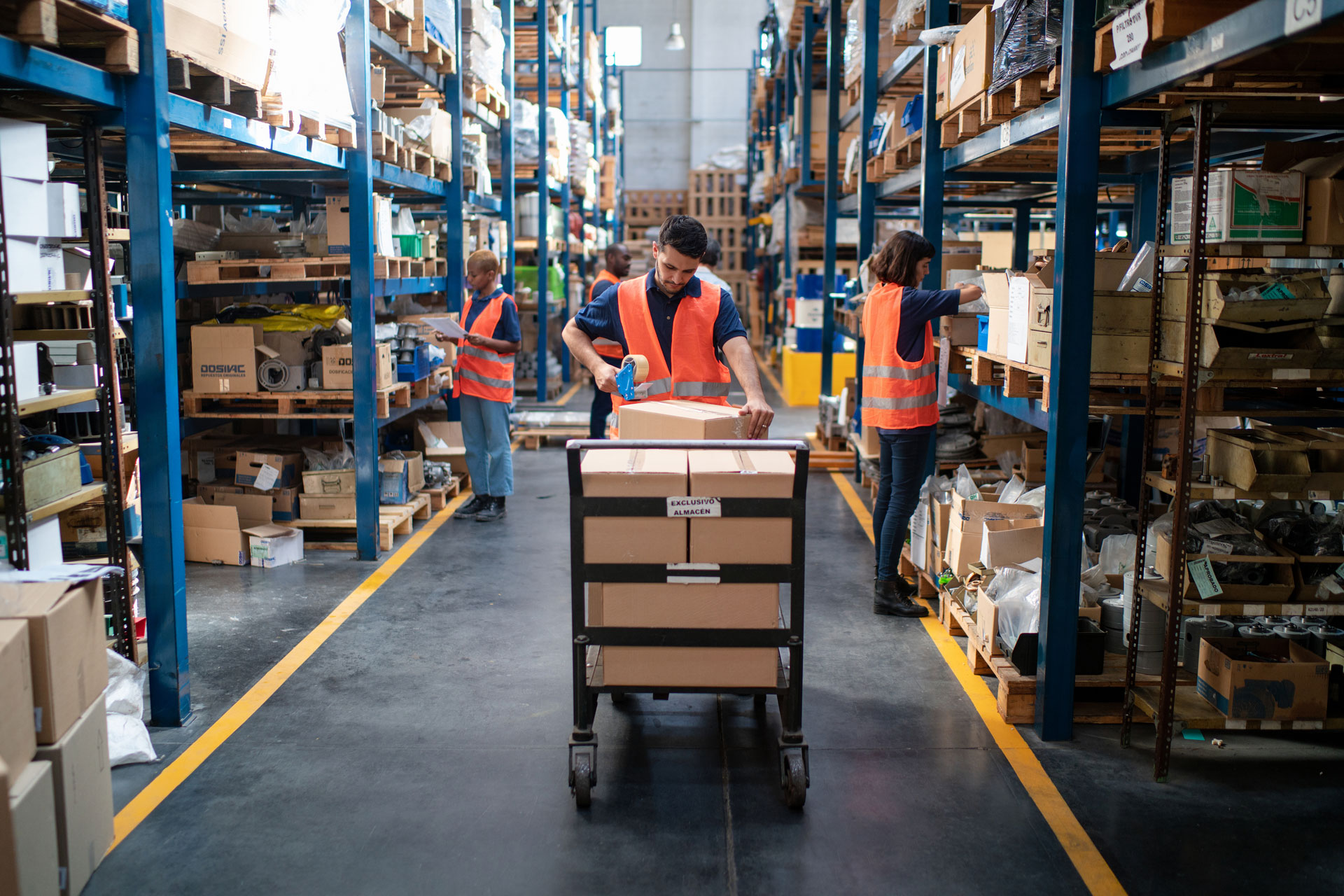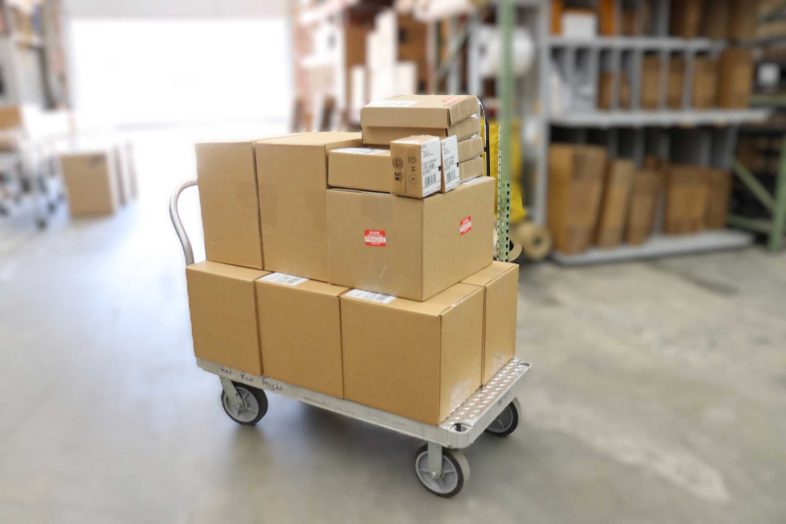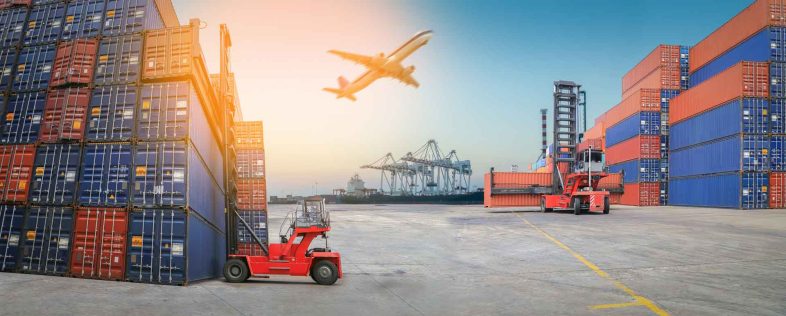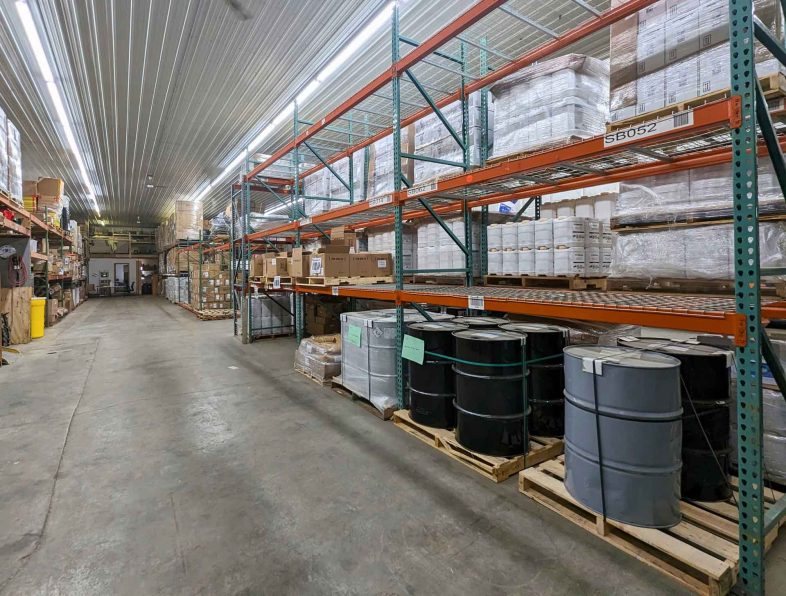When most businesses think about cross-border shipping, they focus on freight rates. But the reality is that the true cost of moving goods between Canada and the U.S. runs deeper.
Hidden fees, delays, and new rules can quietly eat away at margins – and lately, those costs have been rising. With the end of the U.S. de minimis exemption, even low-value shipments are now facing duties, paperwork, and delays.
Let’s look at five of the biggest hidden costs, and how working with a third-party logistics (3PL) provider can help keep them under control.
1. Broker Fees on Every Order
If you ship orders directly across the border, each parcel requires customs clearance. That means broker fees, sometimes higher than the value of the order itself. For small businesses selling $20–$30 items, it’s simply not sustainable.
How 3PL helps: By consolidating inventory into bulk shipments, you pay a single broker entry fee instead of one per order. Once stock is in a U.S. warehouse, every customer order ships domestically, avoiding repeated clearance charges.
2. Duties That Add Up Quickly
The end of de minimis means duties now apply to all shipments, no matter the value. In some categories, landed prices have already jumped: beauty products up 15%, and in extreme cases, increases of more than 50%. For ecommerce businesses, that kind of cost surge can erase already thin margins.
How 3PL helps: Duties on bulk transfers are based on your cost of goods, not the retail price. That difference adds up to meaningful savings when compared to paying duties on each individual sale.
3. Delivery Delays
Customs bottlenecks can quickly escalate from an inconvenience into a serious business problem.
The abrupt end of de minimis has already triggered shipment cancellations and extended delivery times. For sellers, delays translate into frustrated customers, higher support costs, and lost repeat business.
How 3PL helps: When inventory is stored in a U.S.-based warehouse, orders can be fulfilled domestically. That means faster delivery times, more predictable shipping, and fewer risks of border slowdowns disrupting your customer experience.
4. Administrative Burden
More paperwork and compliance checks mean more time spent managing logistics instead of running your business. Errors in customs documentation can cause costly delays or even fines – something many small sellers simply can’t afford.
How 3PL helps: A reliable 3PL works directly with customs brokers to ensure declarations and duties are handled correctly the first time. That support reduces admin burden, limits mistakes, and frees you to focus on sales and growth.
5. The Cost of Customer Frustration
Successful shipping is measured not only in miles, but in how well it meets customer expectations. When orders are late, unpredictable, or come with surprise fees, customers are less likely to come back. The hidden cost here is brand loyalty.
How 3PL helps: U.S.-based fulfillment provides a smoother, more reliable experience. Faster shipping, transparent pricing, and consistent delivery times help protect customer satisfaction and strengthen your reputation.
The Bottom Line
Cross-border shipping has always come with hidden costs, but with the end of de minimis, those costs are hitting harder than ever. Broker fees, duties, delays, admin, and customer churn all add up quickly.
The good news: you don’t have to absorb them alone. With the right 3PL strategy, you can reduce costs, improve fulfillment, and keep your business competitive in a changing trade environment.
At Red River Freight, we’re already helping businesses make the transition by consolidating inventory, lowering duties, and fulfilling orders directly from our Pembina, ND warehouse.
If you’re rethinking your cross-border strategy, we’d be glad to help you explore the options that make the most sense for your business. Contact us to get started.



